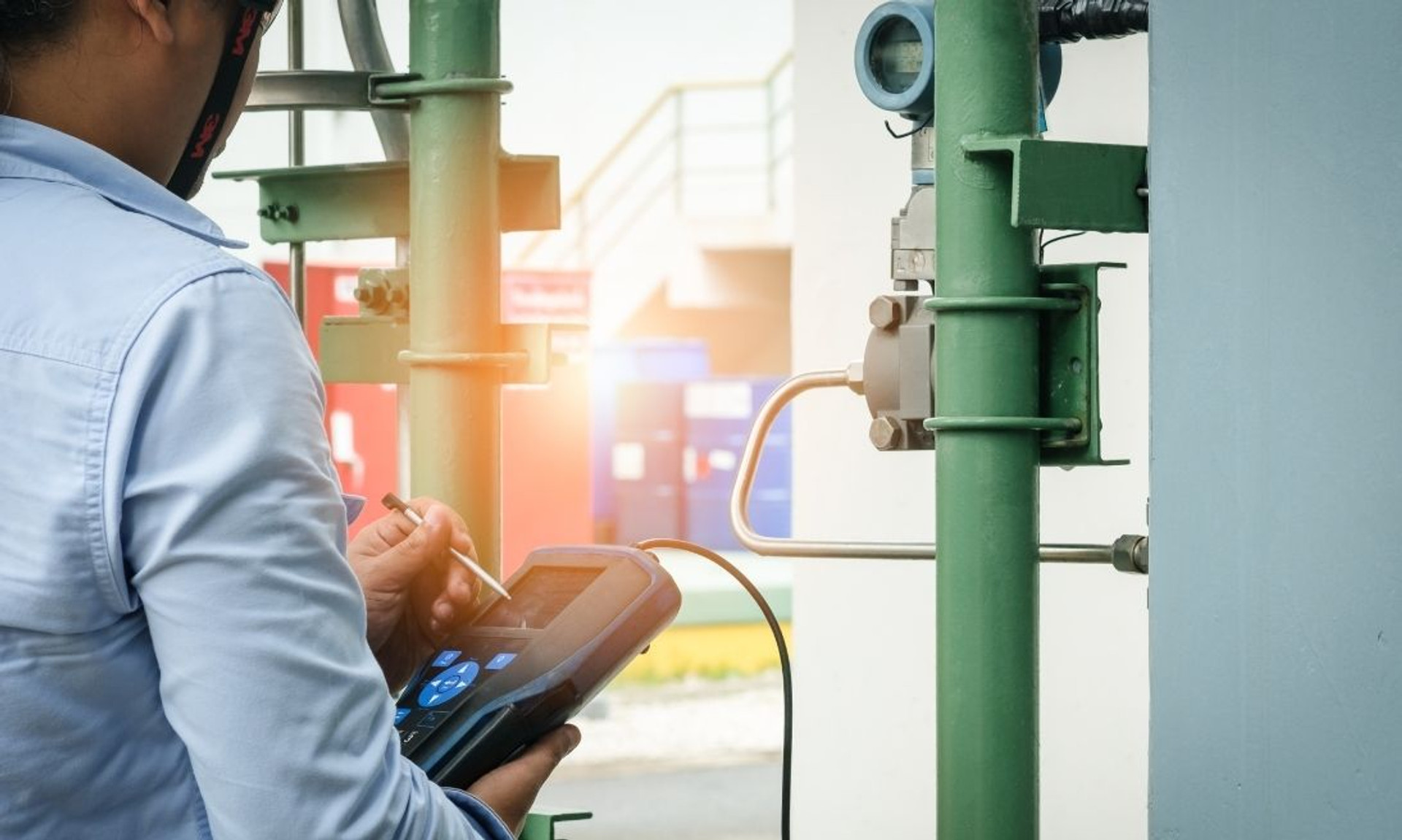Controlling Calibration Gas Flow and Pressure
Calibration gases are used by professionals in the medical industry, technical services, manufacturing, and even hospitality. They are common and need to be used correctly to be effective and safe. That especially applies to monitoring the gas’ flow and pressure. If you’re in an industry that uses instruments that need calibration, it’s important that you know about controlling calibration gas flow and pressure.
What Do Calibration Gases Do?
Calibration gases ensure that instruments such as gas analyzers or gas detectors read correctly. The calibration gas is normally a compressed mixture of gases or gaseous components used as comparison standards in the calibration of such instruments. The calibration gas must be observable to a national or international standard for accurate calibration. The gases are either zero-calibration or span calibration. A zero-calibration gas contains no flammable gases. A span calibration gas is a detectable gas concentration that’s used specifically for a gas detector or analyzer.
Controlling Flow
Part of controlling calibration gas flow and pressure is making sure that the flow is the right amount based on the type of mixture. There is a sensing device called a flow meter that works by comparing its reference point to the measurement it gets for flow. That flow rate, or Standard Pressure & Temperature (STP), is usually measured in units of standard cubic feet per minute (scfm). If you are unsure about what the correct flow should be, use a table that will show you the specific scfm needed for the two gases being mixed. Simply compare the measuring device to a standard and make sure the instrument reads it correctly. Keep in mind that sometimes you will have to recalibrate the gas mixture or get the flow meter recalibrated, which is known as adjusting or resetting the scale. Verifiying that the mixture is balanced is also a major part of the recalibration process.
Controlling Pressure
In addition to the flow meter, your calibration gas cylinder will have a pressure gauge or meter attached to the system. The pressure is measured in pound-force per square inch, or PSIG. There are also tables available that can help you compare the pressure at which the meter was calibrated and the working pressure of the flowmeter. The goal of controlling pressure is to balance it to reach the certificate’s specified temperature and pressure. This is important because each of the gases can contract and expand at different rates based on the pressure. Temperature also plays a role. Make sure you are checking your pressure gauges regularly, especially as temperatures change year-round.

